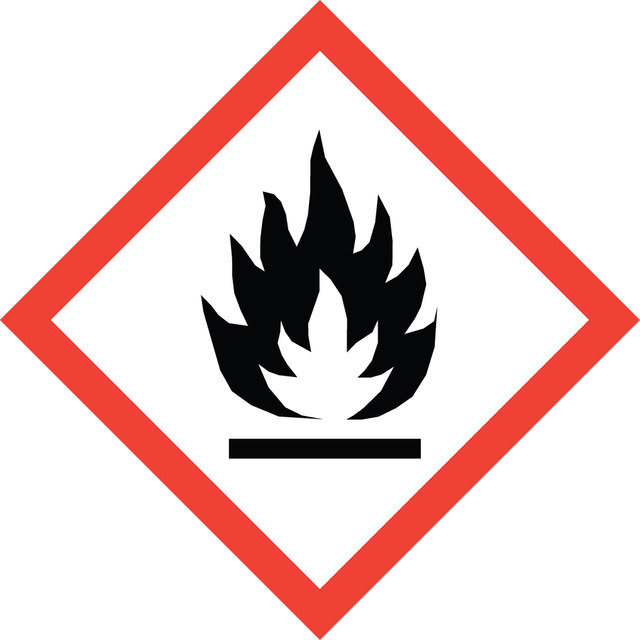Select a Size
About This Item
vapor density
3 (20 °C, vs air)
Quality Level
vapor pressure
73 mmHg ( 20 °C)
product line
ReagentPlus®
Assay
≥99.8%
form
liquid
autoignition temp.
801 °F
expl. lim.
2.2-11.5 %, 38 °F
dilution
(for general lab use)
impurities
≤0.003 mg/mL non-volatile matter
≤0.02% Ethyl alcohol
≤0.05% water
refractive index
n20/D 1.3720 (lit.)
bp
76.5-77.5 °C (lit.)
mp
−84 °C (lit.)
solubility
alcohol: soluble(lit.)
chloroform: soluble(lit.)
water: soluble
density
0.902 g/mL at 25 °C (lit.)
format
neat
SMILES string
CCOC(C)=O
InChI
1S/C4H8O2/c1-3-6-4(2)5/h3H2,1-2H3
InChI key
XEKOWRVHYACXOJ-UHFFFAOYSA-N
Looking for similar products? Visit Product Comparison Guide
Related Categories
General description
Application
- Preparation of thin films of TiO2 (titanium dioxide) on glass.
- As an extraction medium in the multi-residue analysis of pesticide residues in fruit and vegetables.
- Acetylation of primary amines to form amides in the presence of dimethyltin(IV) acetic acid distannoxane.
Legal Information
Signal Word
Danger
Hazard Statements
Precautionary Statements
Hazard Classifications
Eye Irrit. 2 - Flam. Liq. 2 - STOT SE 3
Target Organs
Central nervous system
Supplementary Hazards
Storage Class Code
3 - Flammable liquids
WGK
WGK 1
Flash Point(F)
24.8 °F - closed cup
Flash Point(C)
-4 °C - closed cup
Personal Protective Equipment
Regulatory Information
Choose from one of the most recent versions:
Already Own This Product?
Find documentation for the products that you have recently purchased in the Document Library.
Our team of scientists has experience in all areas of research including Life Science, Material Science, Chemical Synthesis, Chromatography, Analytical and many others.
Contact Technical Service
